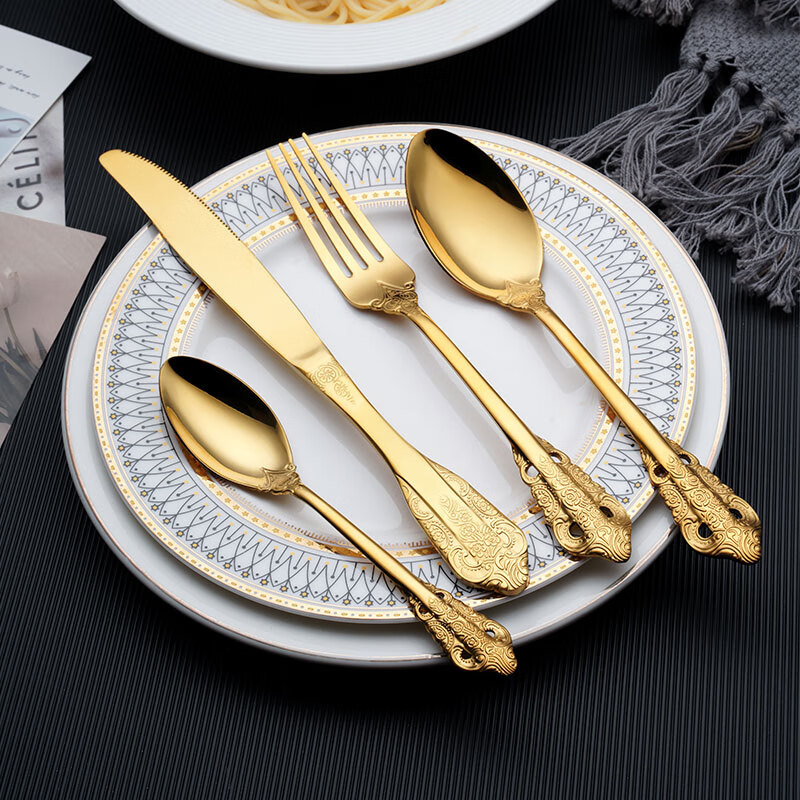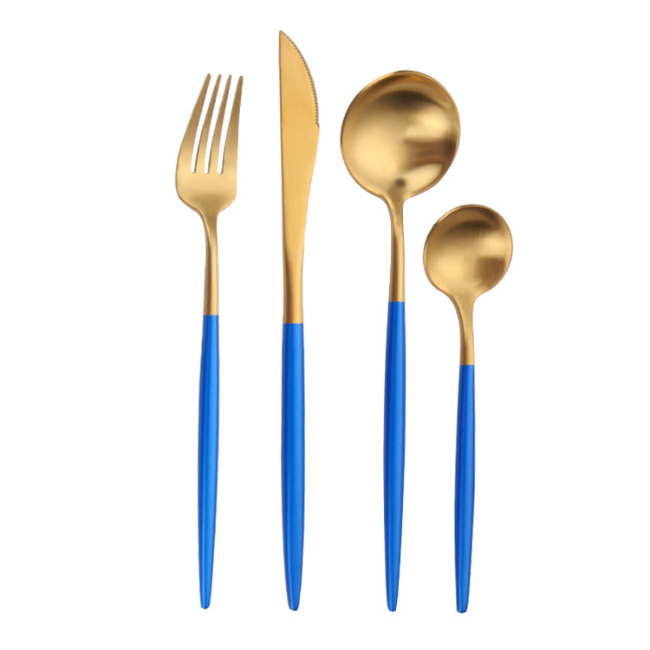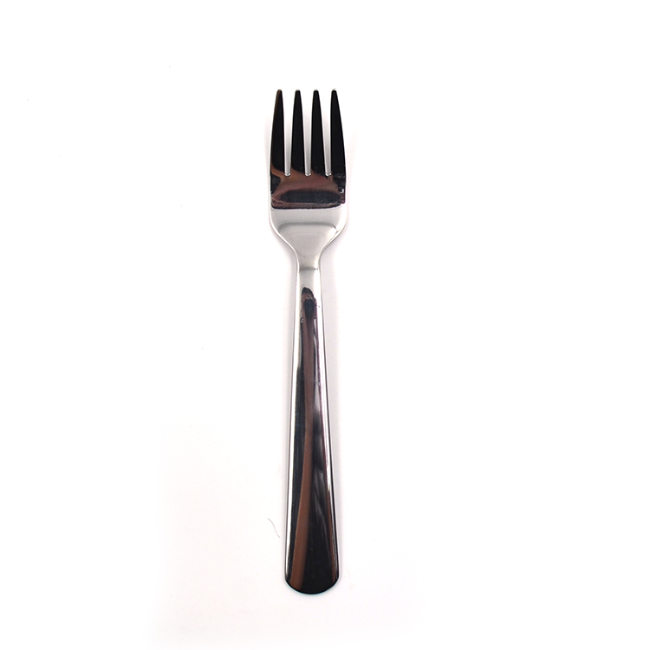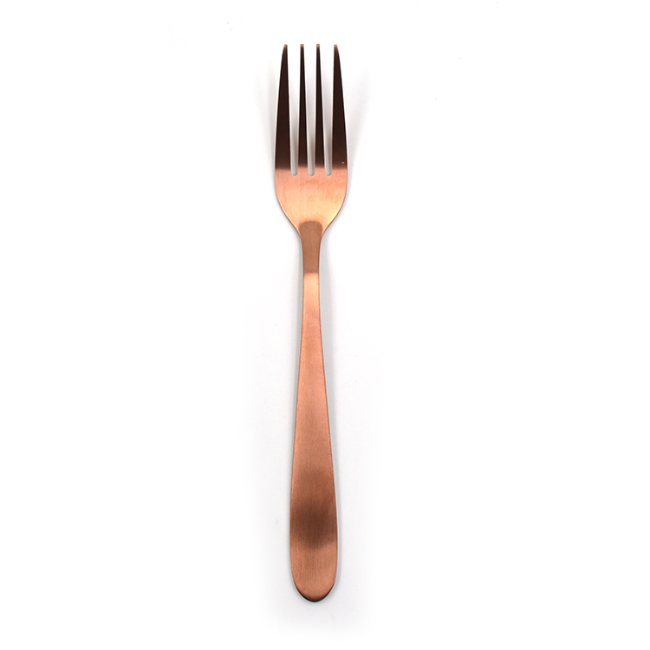
23 May
Does Stainless Steel Cutlery Rust?
Does Stainless Steel Cutlery Rust?When i...
Does Stainless Steel Cutlery Rust?
When it comes to choosing cutlery, stainless steel is often the preferred material for its durability and sleek appearance. However, one common question that arises is: "Does stainless steel cutlery rust?" In this article, we will explore why stainless steel is resistant to rust, the factors that can cause rust, and how you can ensure that your Henckels Canada or Japanese handmade knives remain in top condition.
1. Understanding Stainless Steel and Its Resistance to Rust
Stainless steel is a type of steel that contains chromium, a metal that reacts with oxygen in the air to form a thin, protective layer on the surface of the metal. This layer, known as the passivation layer, helps protect the steel from rust and corrosion. Stainless steel also contains other elements, such as nickel, which contribute to its durability and resistance to corrosion.
The Henckels Canada brand, well-known for its premium cutlery, uses high-quality stainless steel in its kitchen spoons and forks, which helps them resist rust over time. Even Japanese handmade knives, famous for their craftsmanship and sharpness, are often made from stainless steel, ensuring that they are both functional and resistant to corrosion.
2. Factors That Can Cause Stainless Steel Cutlery to Rust
While stainless steel is highly resistant to rust, it is not entirely immune. Several factors can contribute to rust formation on your knife fork spoon set or other utensils:
Exposure to Chlorine: High levels of chlorine, found in swimming pools and certain cleaning products, can damage the passivation layer on stainless steel, leading to rust.
Harsh Chemicals: Using harsh cleaning chemicals or abrasives can strip away the protective layer, leaving the steel vulnerable to rust.
Salt and Moisture: Saltwater and moisture can cause rust to form, especially if the utensils are not dried properly after washing. This is why it is important to dry your kitchen spoons and forks thoroughly after use and washing.
Improper Storage: Storing stainless steel utensils in damp, humid conditions can accelerate rusting. Always store your Homefelt cutlery in a dry place to prevent rust from forming.
3. How to Prevent Rust on Stainless Steel Cutlery
Preventing rust on your stainless steel cutlery is simple if you follow a few care tips:
Clean and Dry Properly: Always wash your cutlery with mild soap and warm water. Avoid using harsh chemicals or abrasive sponges. After washing, dry the utensils immediately with a soft cloth to prevent moisture from lingering on the surface.
Use a Soft Cloth for Polishing: To maintain the shiny finish of your knife set Japanese or Henckels Canada cutlery, use a soft microfiber cloth to polish the utensils. This will help keep them looking new and free from tarnish.
Avoid Storing in Wet or Humid Environments: Make sure to store your kitchen spoons and forks in a dry, cool place. Avoid leaving them in damp environments like sinks or dish racks for extended periods.
4. Is Stainless Steel Cutlery Rust-Proof?
While stainless steel cutlery is highly resistant to rust, it is not entirely rust-proof. With proper care and attention, however, rust formation is rare. Investing in high-quality brands like Homefelt, which are known for their durable stainless steel cutlery, can help ensure that your utensils maintain their shine and functionality for years to come.
5. Conclusion: Does Stainless Steel Cutlery Rust?
In conclusion, stainless steel cutlery can rust under certain conditions, but with the right care, it is highly resistant to corrosion. By following simple maintenance tips, such as cleaning your knife fork spoon set with mild soap, drying them properly, and storing them in a dry environment, you can ensure that your Japanese handmade knives and Henckels Canada cutlery will remain in excellent condition for years.





